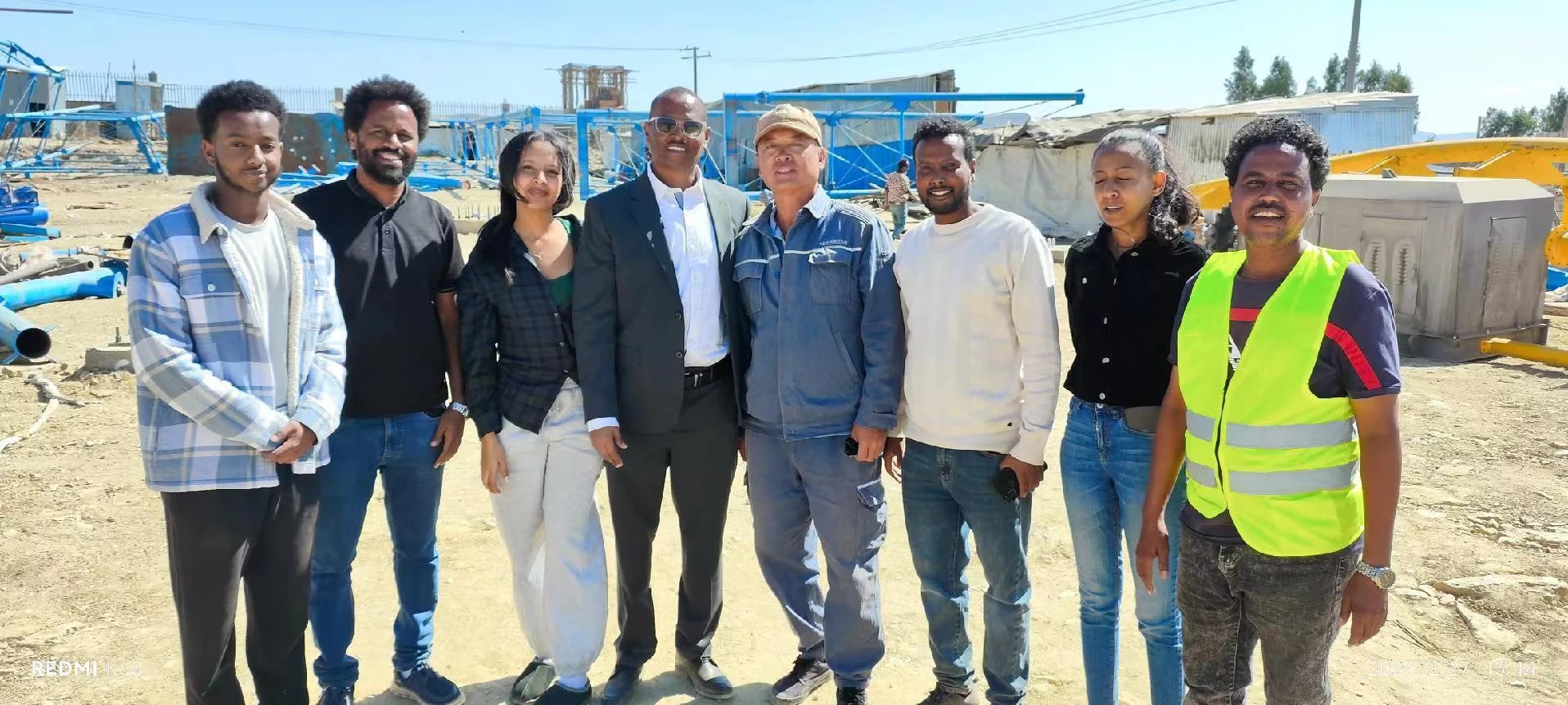- Albanian
- Arabic
- Belarusian
- Bengali
- Czech
- English
- French
- German
- Hebrew
- Hungarian
- Indonesian
- irish
- Italian
- Japanese
- kazakh
- Persian
- Russian
- Thai
- Uzbek
- Vietnamese
roller coaster track
The Thrilling Engineering of Roller Coaster Tracks
Roller coasters have fascinated thrill-seekers for over a century, providing adrenaline-inducing experiences that draw millions to amusement parks each year. At the heart of this exhilarating experience lies the intricately designed roller coaster track. The engineering behind these tracks is a captivating blend of creativity, physics, and technology, aimed at delivering maximum excitement while ensuring safety.
The Basics of Roller Coaster Track Design
A roller coaster track is composed of two main elements the rails and the structure that supports them
. The rails are typically made from steel or wood, each material bringing unique advantages. Steel tracks allow for smoother rides and more complex twists, while wooden tracks offer a nostalgic feel and are often favored for their classic aesthetics.The design of the track involves a delicate balance between curvature, elevation, and slope. Engineers must consider gravitational forces, centripetal forces, and inertia to create a thrilling yet safe experience. The steep drops, sudden turns, and soaring loops are meticulously calculated to ensure that riders feel the exhilaration without risk.
The Physics Behind the Thrill
The excitement of a roller coaster ride primarily comes from the forces acting on the riders. When a coaster climbs to its peak, it gains potential energy; as it plummets down, that energy converts to kinetic energy, propelling riders at exhilarating speeds. Loops and corkscrews introduce more complex forces, as the design must account for the G-forces experienced by riders, ensuring they are within safe limits.
roller coaster track

In addition to the physics of motion, thermal expansion is another consideration. As the sun heats the metal over the course of the day, tracks can expand and contract. Engineers must allow for this expansion in their designs to prevent structural integrity issues.
Safety Measures in Track Design
Safety is paramount in roller coaster design. Modern coasters are equipped with advanced braking systems and sensors to monitor track conditions continually. Before the opening of a new ride, extensive testing is conducted to ensure it meets safety standards. Loading and unloading zones are specifically designed to minimize wait times while also ensuring that riders can embark and disembark safely.
Moreover, the use of restraint systems is crucial. Over-the-shoulder harnesses and seatbelts are common, designed to keep riders secure through every twist and turn, regardless of the thrill level of the ride.
The Future of Roller Coaster Tracks
As technology evolves, so does the world of roller coaster design. Innovations like virtual reality experiences and magnetic propulsion systems are shaping the future of amusement park attractions. The integration of cutting-edge technology not only enhances the thrill but also offers a more immersive experience.
In conclusion, roller coaster tracks are a testament to human ingenuity, combining artful design with the precise application of physics and safety. The next time you find yourself standing in line for your favorite coaster, take a moment to appreciate the complex engineering that goes into crafting the thrilling experience. Each dip, twist, and turn on that track is a result of countless hours of planning and testing, ensuring that your ride is as exhilarating as it is safe. The roller coaster track is truly a marvel of modern engineering, continuing to push the boundaries of what is possible in amusement park design.
-
Flume Ride-Hebei Zhipao Amusement Equipment Manufacturing Co., Ltd.|Thrilling Water Attraction&Customizable DesignJul.30,2025
-
Flume Ride - Hebei Zhipao Amusement Equipment | Water Coaster, Thrilling DescentJul.30,2025
-
Flume Ride - Hebei Zhipao | Thrilling Water AttractionJul.30,2025
-
Flume Ride: Thrilling Water Attraction by Hebei Zhipao|Log Flume Manufacturers&Flume Ride DesignJul.30,2025
-
Flume Ride-Hebei Zhipao Amusement Equipment Manufacturing Co., Ltd.|Thrilling Water Coaster, Safe DesignJul.30,2025
-
Flume Ride-Hebei Zhipao Amusement Equipment Manufacturing Co., Ltd.|Thrilling Water Attraction, Safe DesignJul.30,2025
